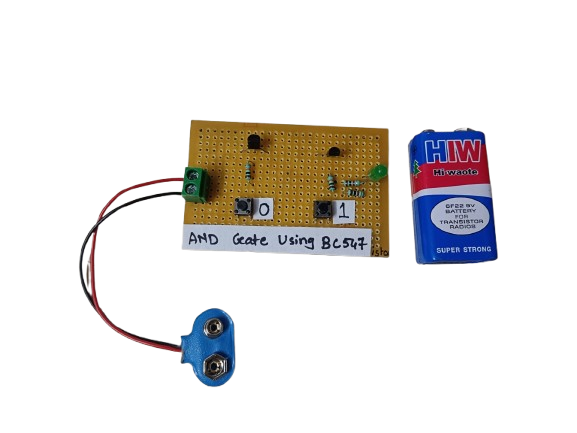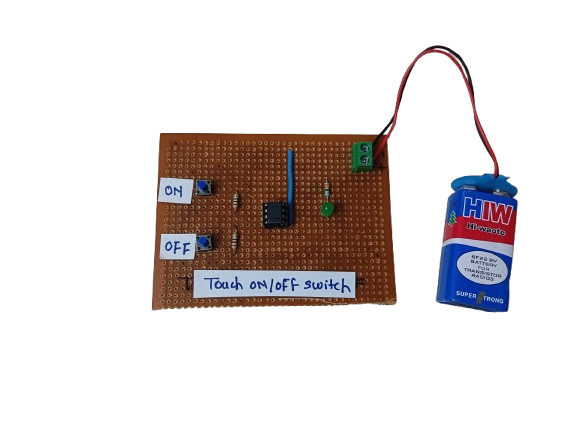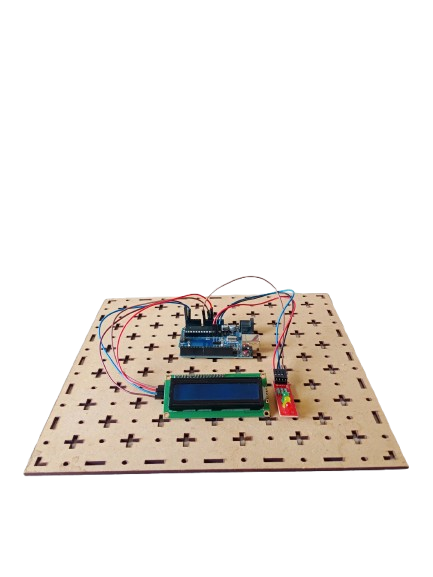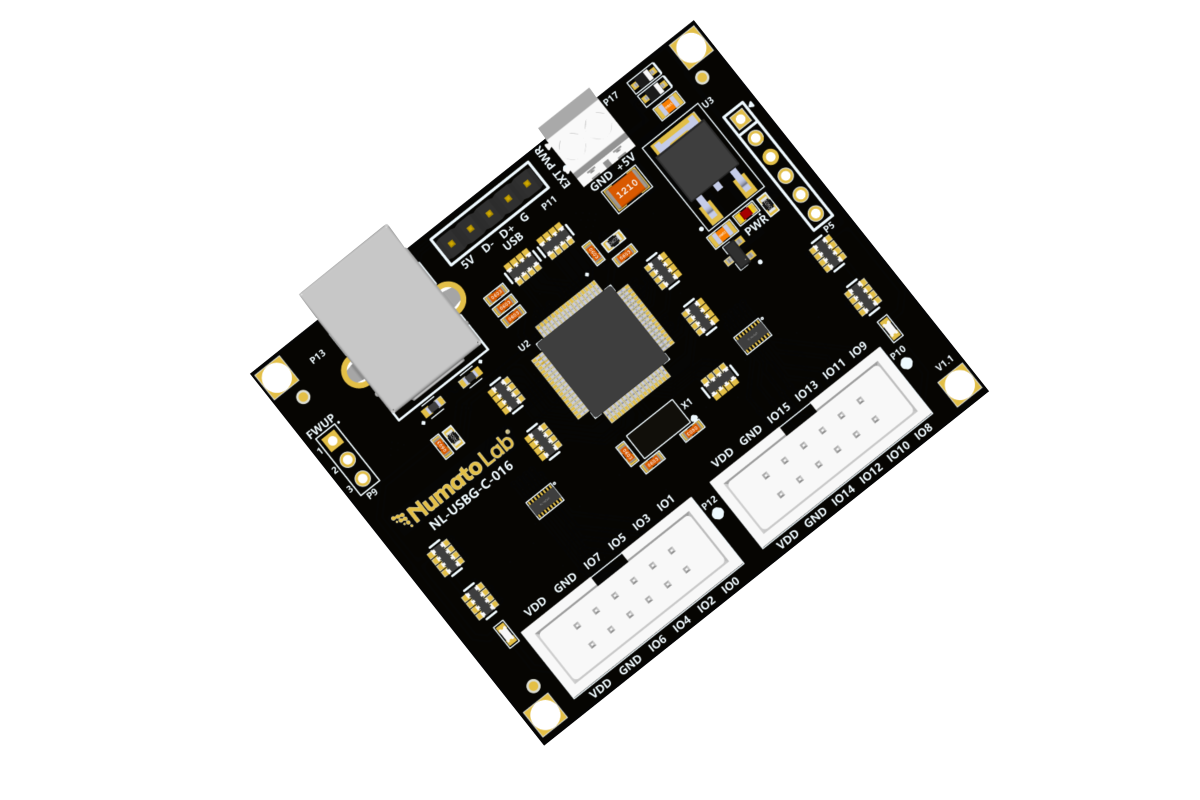Digital Thermometer
A digital thermometer project using the 8051 microcontroller involves interfacing a temperature sensor, like the LM35, with the microcontroller to measure temperature. The 8051 processes the sensor data and displays the temperature on LCD.
Description
A digital thermometer project using the 8051 microcontroller involves interfacing a temperature sensor, such as the LM35, with the microcontroller to measure temperature. The LM35 sensor provides an analog voltage output that is proportional to the temperature, which is then converted to a digital value by the 8051 microcontroller. The microcontroller processes this data and displays the temperature reading on an output device, such as an LCD screen. This project helps in understanding sensor interfacing, analog-to-digital conversion, and microcontroller programming, making it an excellent way to learn embedded systems and digital electronics.
Here are some key features of a digital thermometer project using the 8051 microcontroller:
1.Temperature Measurement: The LM35 sensor accurately measures temperature and provides an analog output proportional to the temperature.
2.Analog-to-Digital Conversion: The 8051 microcontroller reads the analog signal from the sensor and converts it to a digital format for processing.
3.Display Output: The temperature reading is displayed on an LCD or 7-segment display for easy viewing.
4.Low Power Consumption: The project typically uses low-power components, making it efficient for continuous operation.
5.User Interface: Can include simple buttons to reset or change the units of measurement (Celsius/Fahrenheit).
6.Accuracy: Provides reliable and accurate temperature readings with minimal calibration.
7.Simple Design: The project is relatively easy to build, making it suitable for beginners in embedded systems.
8.Cost-Effective: Utilizes affordable components like the 8051 microcontroller and the LM35 sensor.
9.Scalability: Can be expanded to include additional features like temperature logging or wireless communication.
-
An AND gate can be built using BC547 NPN transistors, a common general-purpose transistor used in digital circuits.
The circuit represents both the inputs A & B for the AND gate and Output, Q, which also has a +5V supply to the collector of the first transistor, which is connected in series to the second transistor, and an LED is connected to the emitter terminal of the second transistor. The inputs A & B are connected to the base terminal of Transistor 1 and Transistor 2, respectively, and the output Q goes to the positive terminal LED.
₹190.00 -
₹2,561.00
-
A Touch ON/OFF Switch is an electronic circuit that allows a device to be turned on or off by simply touching a sensor pad or wire, instead of using a mechanical switch. It works by detecting a small electrical signal from the human body (capacitive or resistive touch) and using that to toggle the output state.
These switches are commonly used in modern electronics, home automation, and DIY projects due to their durability, aesthetic appeal, and user-friendly operation.
₹150.00 -
A Traffic Light Signal is an electronic project designed to manage vehicle and pedestrian traffic at intersections. Using Arduino, LEDs (Red, Yellow, Green), and an LCD, the system simulates real-world traffic light behavior, displaying signal changes with appropriate timing. This project demonstrates traffic management, embedded system programming, and microcontroller-based automation.
















